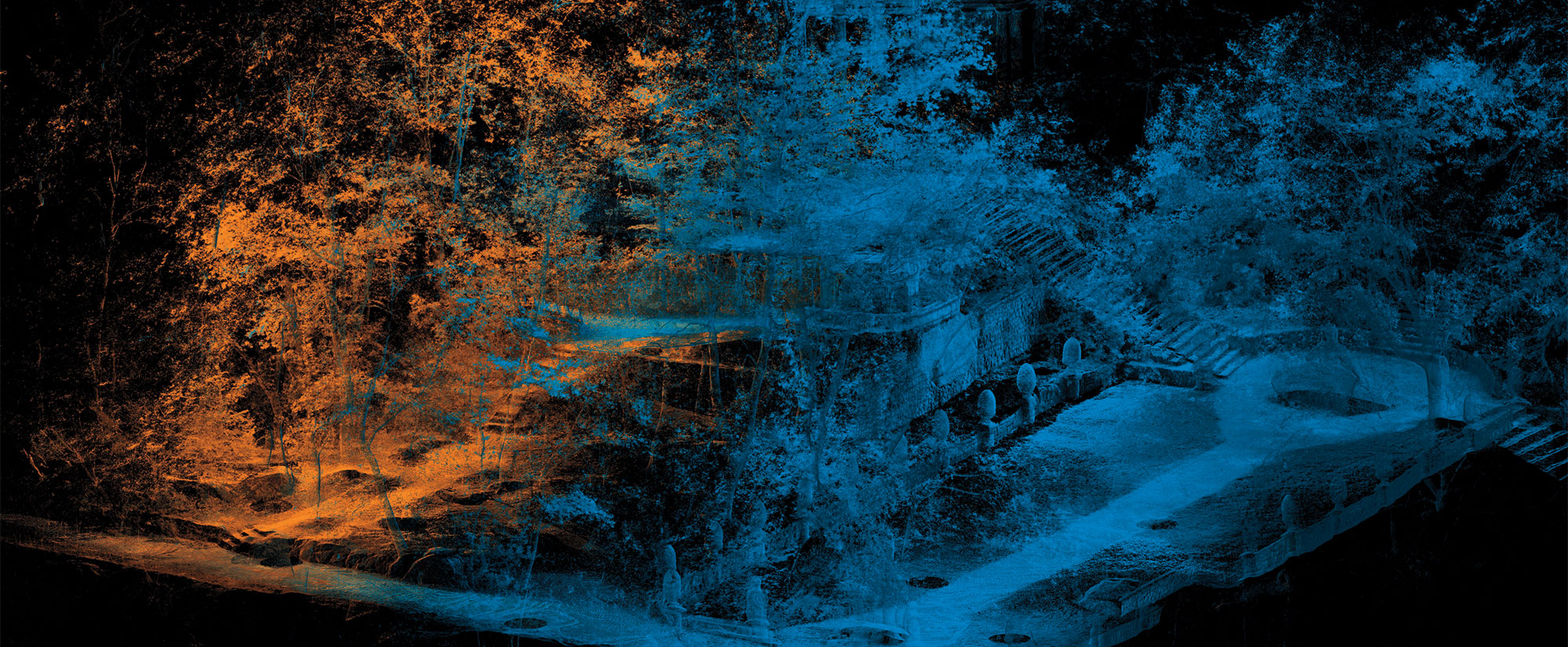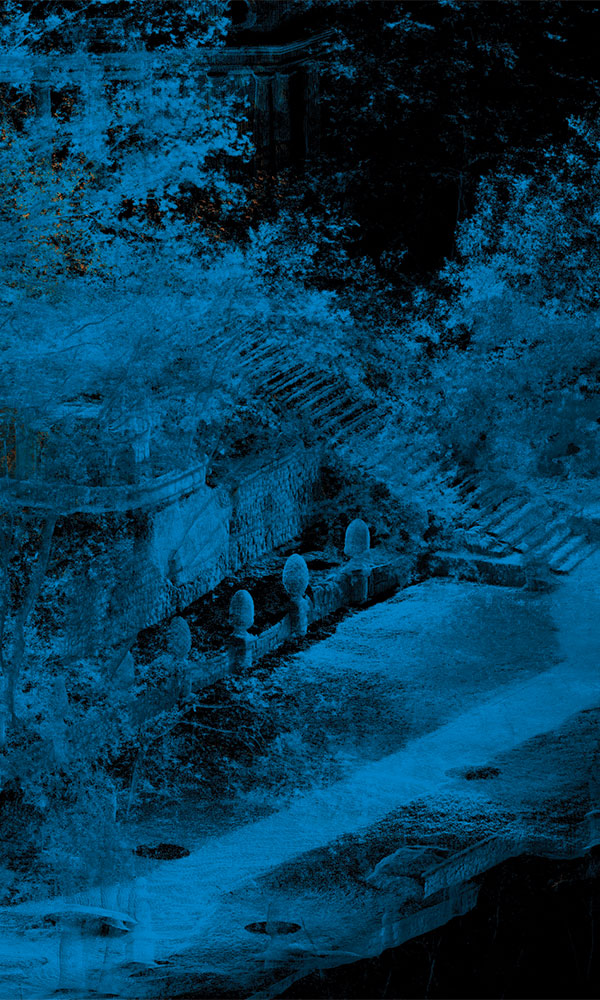VICTORIA, AUSTRALIA—The Conversation reports the results of a new study that has solved the mystery behind the origins and meaning of a series of enigmatic finger imprints lining the walls of the New Guinea II cave, known as Waribruk to GunaiKurnai Elders, in Australia’s GunaiKurnai Country. Researchers led by Elder Russell Mullett from the GunaiKurnai Land and Waters Aboriginal Corporation, in collaboration with an international team of archaeologists, identified more than 950 long grooves along the sides of a pitch-black chamber. They were created when First Nations ancestors dragged their hands and fingers along the soft, clay-like interior thousands of years ago. The team noticed that the flutings only occur on sections of the cave where bacteria had produced luminescent microcrystals that glittered when exposed to firelight. It is now believed that the cavern was exclusively visited by mulla-mullung, or medicine men and women, who used crystals and powdered minerals as part of their healing rituals. The finger trails are a tangible record of the various hand gestures and movements performed by these mulla-mullung when they ventured deep into the rockshelter to access the powers associated with the sparkling facades. Read the original scholarly article about this research in Australian Archaeology. To read about evidence in another Victorian cave of rituals performed by mulla-mullung more than 10,000 years ago, go to "Enduring Ice Age Ritual," one of ARCHAEOLOGY's Top 10 Discoveries of 2024.
First Nations Ancestors Created Finger Grooves in Australian Cave
News August 7, 2025
Recommended Articles
Digs & Discoveries July/August 2025
Ancestral Rings
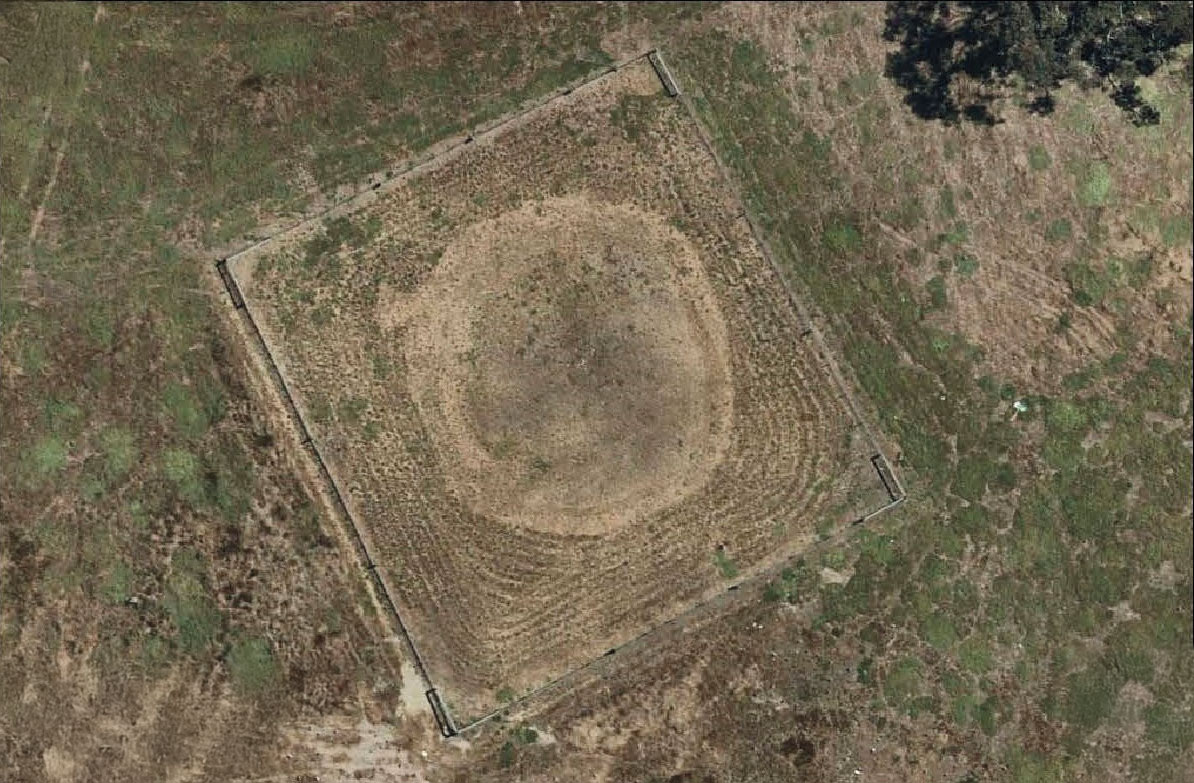
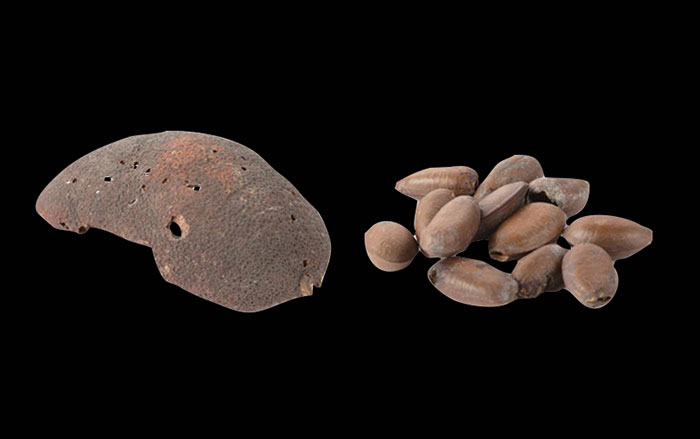
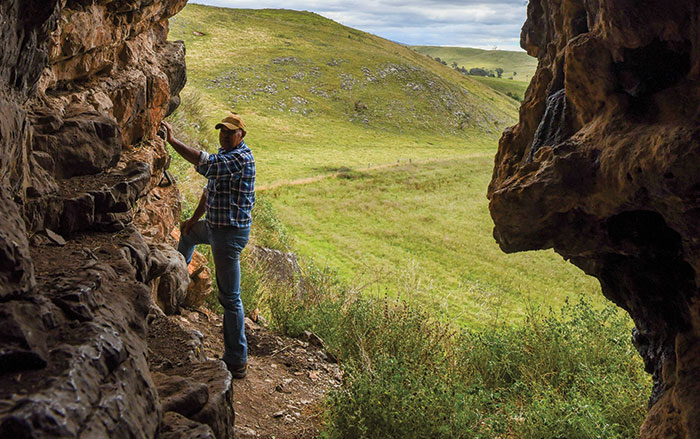
Features September/October 2024
Trees of the Sky World
Why Australia’s Indigenous Wiradjuri people carved sacred symbols into trees to mark burials of their honored dead
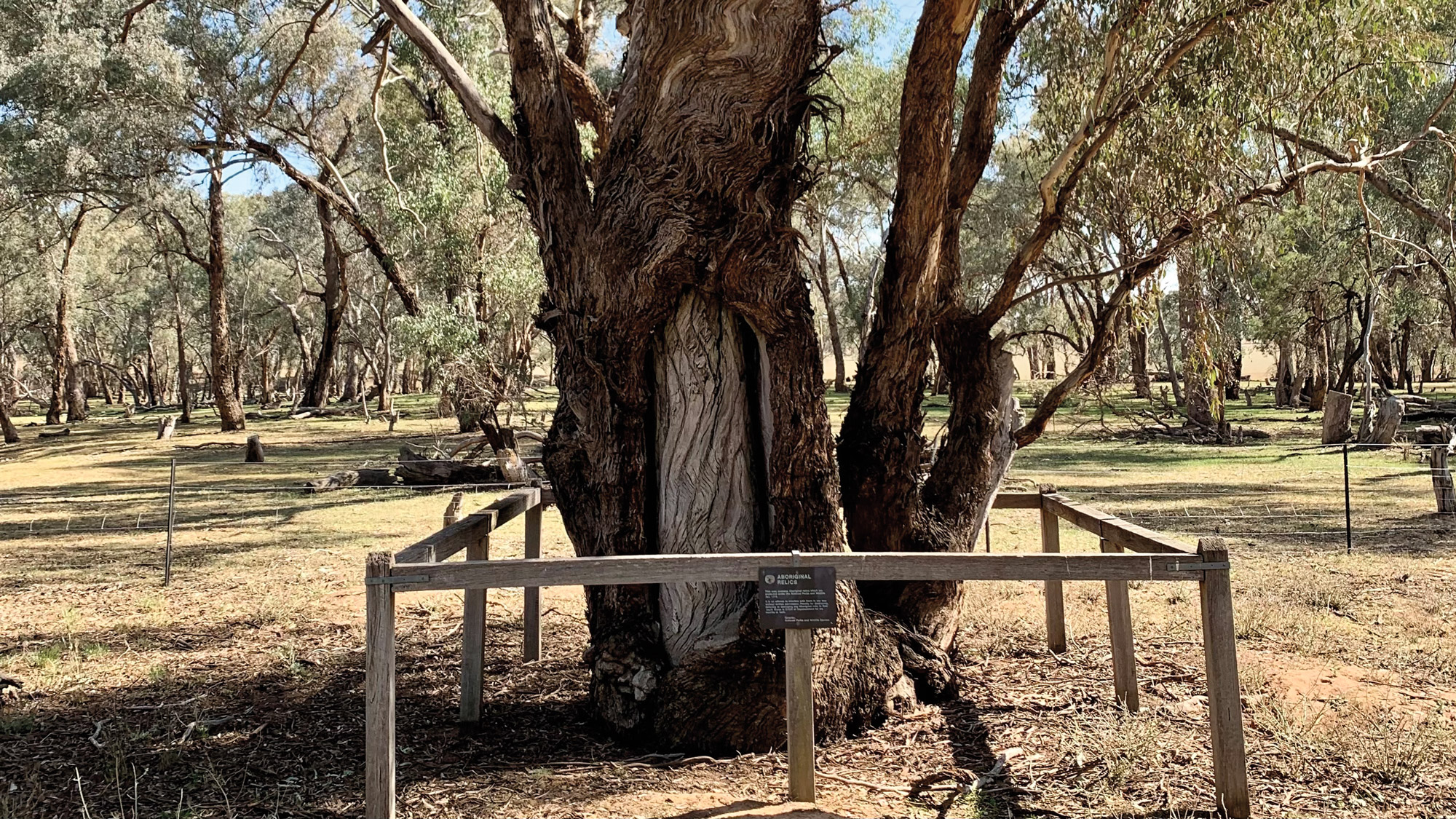
-
Features July/August 2025
Setting Sail for Valhalla
Vikings staged elaborate spectacles to usher their rulers into the afterlife
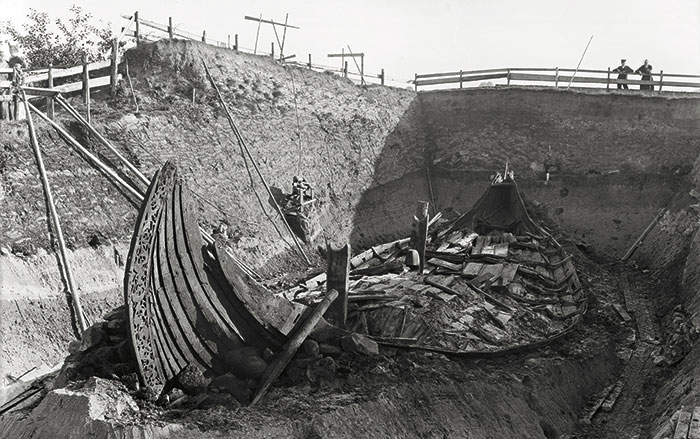 Museum of the Viking Age, University of Oslo
Museum of the Viking Age, University of Oslo -
Features July/August 2025
The Home of the Weather God
In northern Anatolia, archaeologists have discovered the source of Hittite royal power
 Tolga İldun
Tolga İldun -
Features July/August 2025
In Search of Lost Pharaohs
Anubis Mountain conceals the tombs of an obscure Egyptian dynasty
 Photos by Josef W. Wegner for the Penn Museum
Photos by Josef W. Wegner for the Penn Museum -
Features July/August 2025
Birds of a Feather
Intriguing rock art in the Four Corners reveals how the Basketmaker people drew inspiration from ducks 1,500 years ago
 Courtesy John Pitts
Courtesy John Pitts


